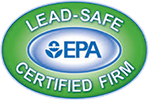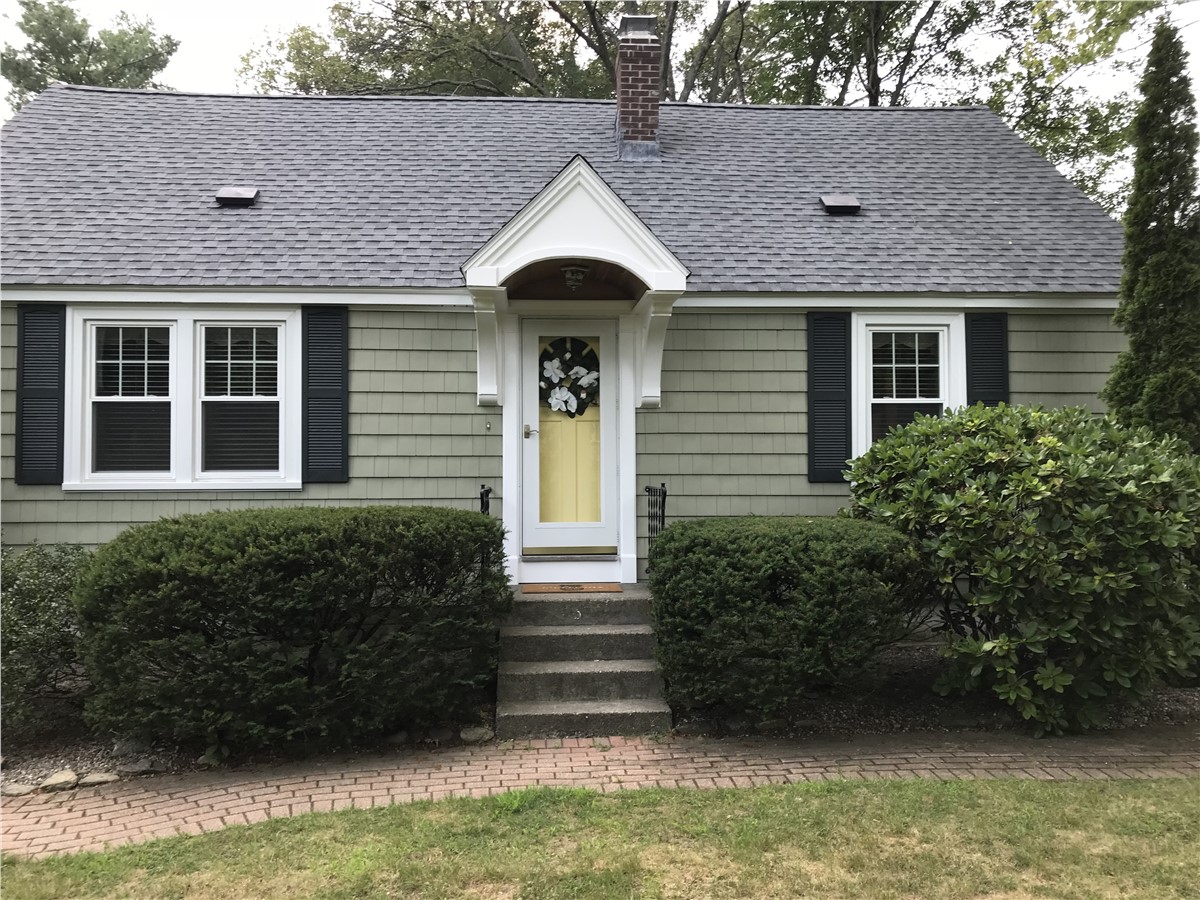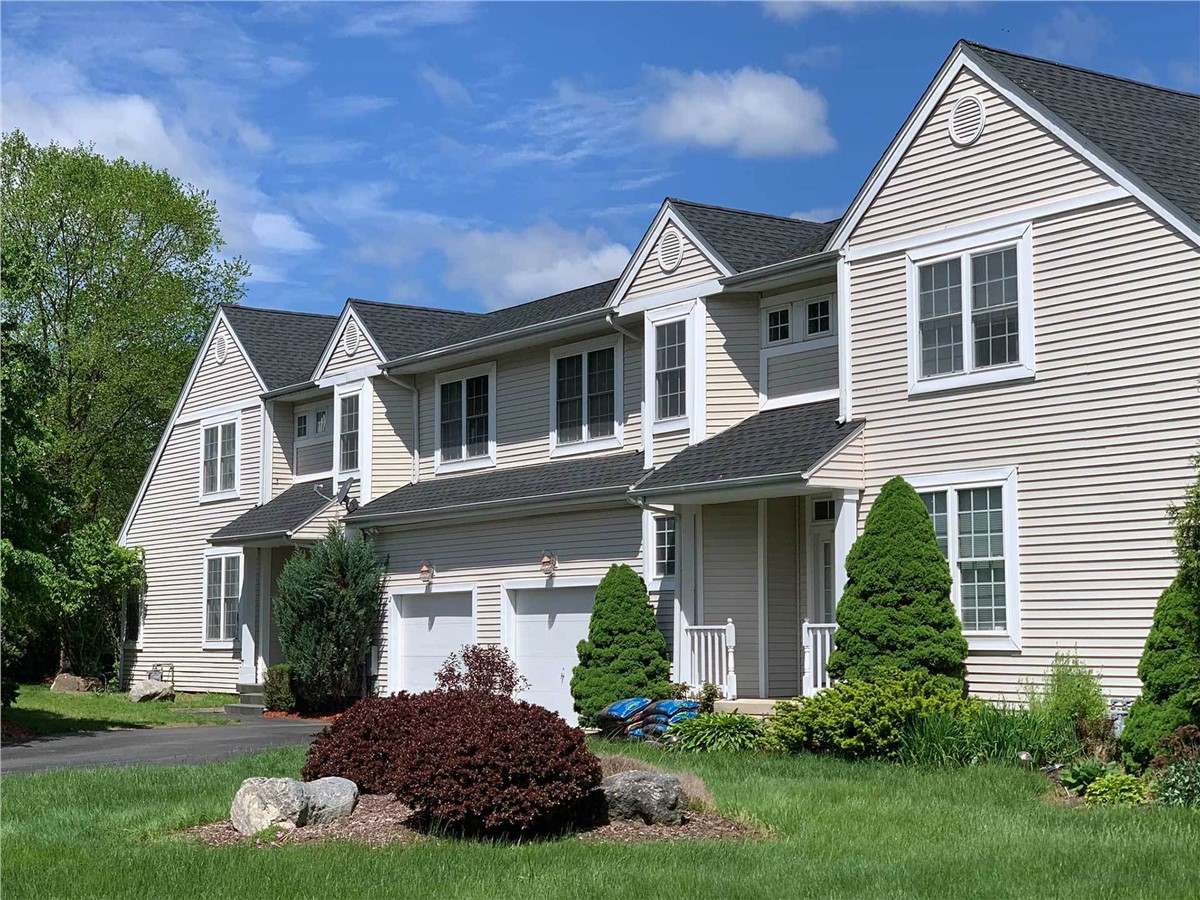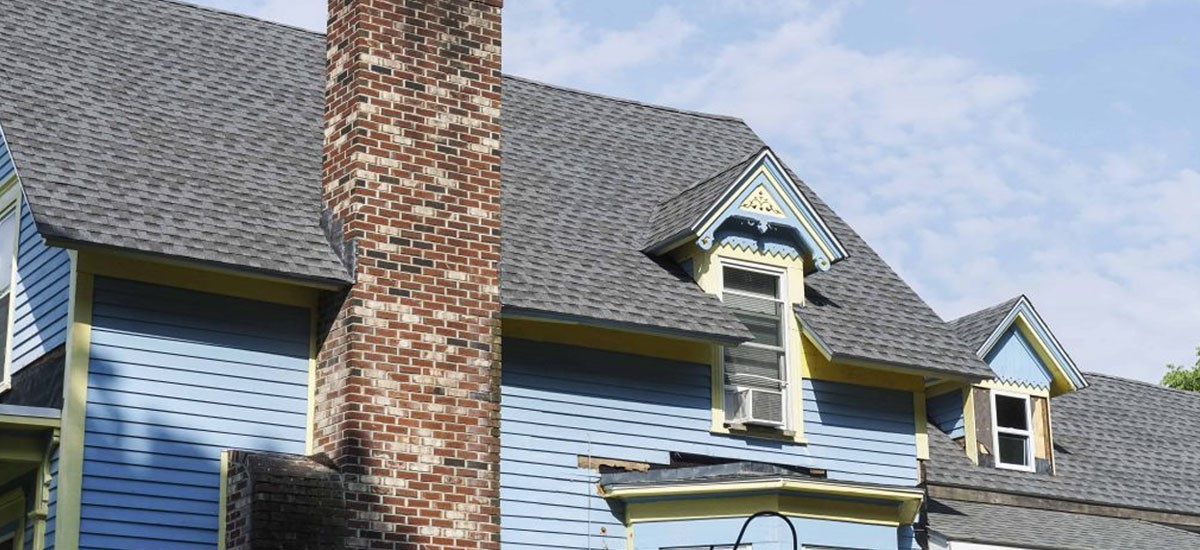Roof leaks can cause catastrophic damage to your home and are often difficult to detect until they have done thousands of dollars of harm. In New England, homeowners are especially vulnerable to leaking roofs because of the wind, rain, and snow we experience. Read on to learn about what can cause roof leaks, how to prevent your roof from being damaged, and what the roof repair process may consist of.
What causes roof leaks?
Common causes of roof damage in New England are wind, rain, flying debris, snow, and roof age. Most leaks are due to faulty or old flashings. If the flashings around your chimneys, vents, skylights, and wall or roof junctions are not secure, water can easily infiltrate your home. When moisture enters through your flashing, it can damage your insulation and electrical system. During your yearly roof inspection, make sure your roofing contractor inspects them.
How can you prevent roof leaks?
Luckily, all it takes is a few simple steps to lower your chances of roof leaks. Here are some preventative measures you can take.
- Get a yearly roof inspection. Having your roof inspected every year (or even twice a year) can drastically lower the likelihood of a significant leak. Because not all leaks are visible to the untrained eye, a roofing specialist can identify, trace, and repair any leaks. They can also recognize weak areas of your roof where damage is more likely to occur and fortify these areas before any moisture can get in.
- Don’t block ventilation. If your roof does not have proper ventilation, you could be inviting roof leaks. In a poorly ventilated attic, warmth & moisture build up and rot your rafters & sheathing. They can also buckle your shingles and ruin your insulation. To avoid this, ensure that your louvers, ridge vents or soffit vents are always clear and unencumbered. As an added bonus, a properly ventilated attic can make your home more energy-efficient!
- Maintain your gutters. Clogged gutters mean water will back up under your shingles and into your roof. Clean out your gutters and downspouts regularly to avoid this.
- Trim your trees. If you have trees and bushes too close to your roof, you could be at a higher risk for damage and leaks. Trees can shade your roof too much, creating damp spots where moisture and mold can fester. Too many leaves can clog your gutters, and branches will also scrape and gouge your roof. In heavy wind or rain, falling tree limbs can puncture or destroy shingles.
Repairing roof leaks
Speedy and skillful repair is the key to minimize damage from roof leaks. If you notice a leak, or if your roofing contractor spots one during an inspection, you will probably have to repair any missing or torn shingles. Damaged shingles cannot protect your roof effectively, making your entire home vulnerable to water damage. The sooner you can repair damaged shingles, the better. Regular maintenance is the best protection against leaks Yearly roof check-ups are the best way to protect your home from leaks and water damage. An experienced Northeast roof specialist can fix any leaks you may not have noticed and do any repairs that will prevent future damage. Does your roof need a check-up? Give us a call to schedule your appointment today.
Tags
Subscribe to Northeast Home & Energy's Blog










Comments